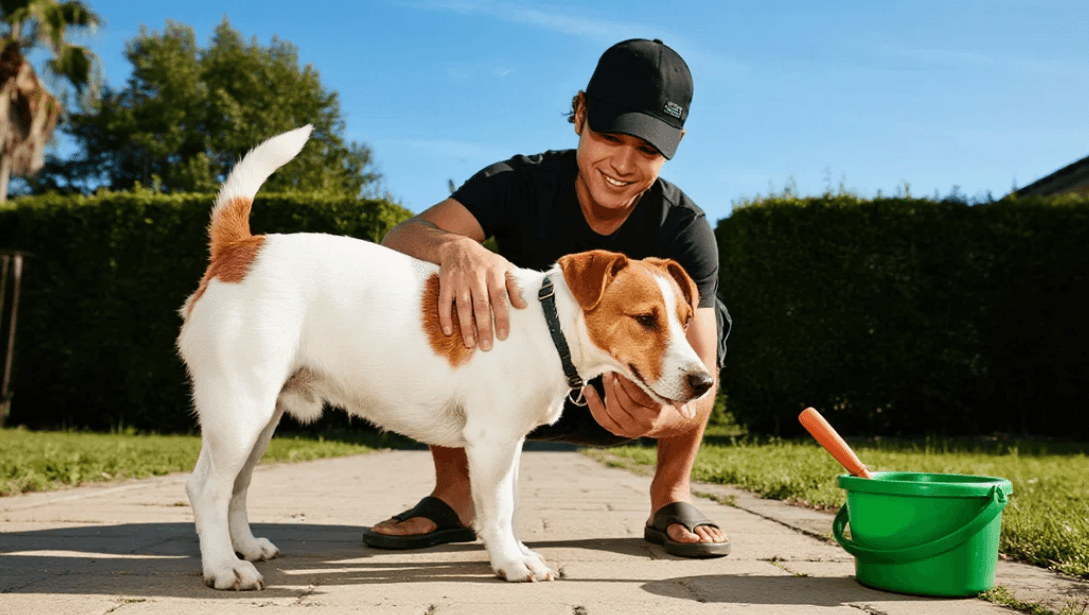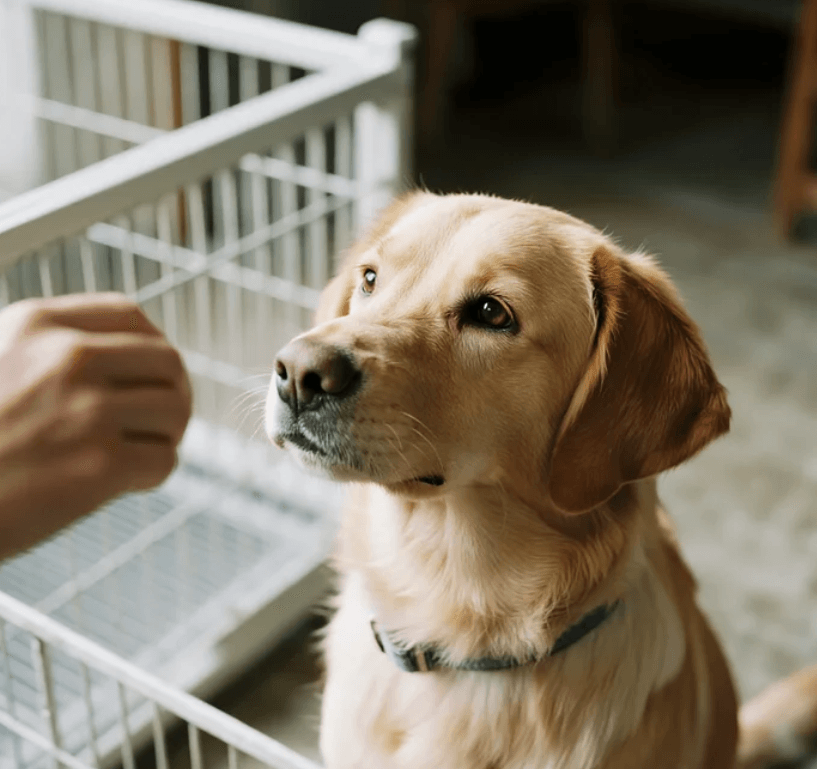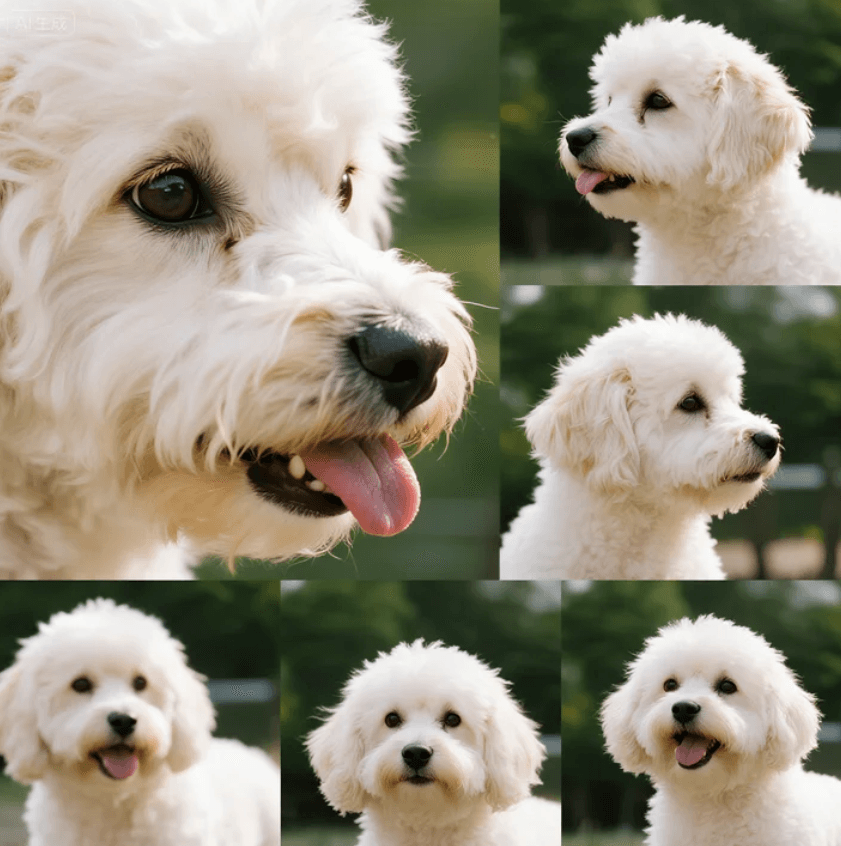How to Potty Train a Dog in 3 Days: Fast & Effective House Training Guide

Introduction: Is It Really Possible to Potty Train a Dog in 3 Days?
Yes, it is possible to potty train a dog in just three days — but it requires consistency, patience, and the right techniques.
Whether you're working with a puppy or a newly adopted adult dog, this guide provides a practical and proven approach to fast potty training.
Keep in mind that while full success may take longer, depending on your dog's age and background, major progress can be made in three days.
What You Need to Begin 3-Day Potty Training
Before you start, gather the right tools and prepare your environment to set your dog up for success:
- Crate: Dogs naturally avoid soiling their sleeping area. A crate helps enforce this instinct.
- Leash and Collar: For supervised potty trips outdoors.
- Cleaning Supplies: Enzymatic cleaners remove odors that might trigger repeat accidents.
- High-value treats: Small, tasty rewards for positive reinforcement.
- Potty training pads (optional): Useful for apartments or indoor training needs.
Day 1: Setting the Schedule and Foundation
The first day is all about creating structure and establishing expectations. Stick closely to a timed potty break schedule and closely observe your dog’s cues.
Morning Routine
Start as early as possible. Take your dog out first thing in the morning, right after waking. Use a consistent command like “Go potty.” When your dog eliminates, immediately praise and offer a treat.
Feeding Schedule
Feed your dog at the same time every day. Regular feeding leads to predictable bathroom habits. Remove food bowls 15–20 minutes after serving to maintain routine.
Potty Break Timing
- First thing in the morning
- 15–30 minutes after meals
- After play sessions
- After naps
- Before bedtime
Crate Training Support
When you can't directly supervise your dog, use the crate. Ensure the crate is just large enough for your dog to stand up and turn around. Never use the crate for punishment.
Day 2: Reinforcing Good Habits and Cues
By the second day, your dog should start understanding where and when to eliminate. Now it’s time to reinforce those habits and watch for signals.
Identify Potty Cues
Every dog shows different signs before needing to go: sniffing, circling, whining, or going to the door. Watch closely and act quickly when these signs appear.
Use Verbal Commands
Repeat consistent phrases like “Go potty” every time your dog goes outside to help them associate the behavior with the command.
Continue Positive Reinforcement
Always praise immediately and give treats right after your dog finishes their business outside. This builds a strong reward-based association.
Indoor Accidents: What to Do
If an accident happens indoors, stay calm. Interrupt with a gentle “No” if caught in the act, then quickly guide them outside. Clean the spot thoroughly to avoid scent triggers.
Day 3: Building Consistency and Confidence
The third day focuses on building independence and confidence in your dog. At this point, you may notice fewer accidents and more reliable behavior.
Extend Time Between Breaks
If your dog is consistently successful, gradually extend the time between potty breaks. This helps build bladder control and trust.
Reduce Treat Dependency
Start transitioning from treats to praise alone after consistent outdoor potty behavior. This encourages long-term good habits.
Start Indoor Freedom (Supervised)
Allow your dog limited supervised access to other parts of the house. This rewards their success while still allowing you to intervene if needed.
Common Challenges and How to Overcome Them
1. Nighttime Accidents
You may need to set an alarm to take your dog out once during the night, especially for puppies. Limit water intake an hour before bedtime and make sure they potty before sleeping.
2. Older Dogs or Rescue Dogs
Dogs with previous habits may need more time. Use the same 3-day schedule but remain patient. It may take a week or more to recondition their behavior.
3. Small Breeds
Small dogs often have smaller bladders and may need more frequent potty breaks. Stick to the schedule but add an extra break every few hours.
Crate Training Tips to Support Potty Training
Crate training plays a huge role in successful potty training. Here’s how to use it effectively:
- Make the crate comfortable and inviting.
- Never use it as punishment.
- Use the crate during naps and nighttime sleep to prevent unsupervised accidents.
- Let your dog out immediately after waking or exiting the crate.
Signs of Potty Training Success
You’ll know your dog is catching on when:
- They go to the door when they need to go outside.
- They consistently wait to be let out of the crate before eliminating.
- There are fewer or no accidents in the house.
Frequently Asked Questions (FAQ)
Can a dog really be potty trained in 3 days?
Yes — significant progress can be made with consistency and supervision, though some dogs may take longer to fully housebreak.
What if my dog keeps having accidents?
Go back to the basics. Increase supervision, reinforce with treats, and stick to a tighter potty break schedule.
How long should potty breaks be?
Give your dog at least 5–10 minutes per potty break. Stay in the same area to help them focus on the task.
What if I live in an apartment?
Use pee pads near the entrance or balcony as a temporary training aid. Gradually transition to outdoor potty breaks.
Conclusion: You Can Do It!
Potty training a dog in 3 days requires dedication, but it is possible when using a clear structure, positive reinforcement, and close observation. The most important factors are consistency, patience, and praise. Stick to the routine, adjust as needed for your dog’s age and size, and celebrate every small victory.
In no time, you’ll have a house-trained companion you can trust indoors.
 Related Articles
Related Articles





